
"I Exercise Daily, But My Job Is Killing My Heart": How Bhubaneswar's Cubicle Warriors Are Facing a Cardiac Crisis

Mega health camp held at Balasore police hospital in collaboration with SUM Ultimate
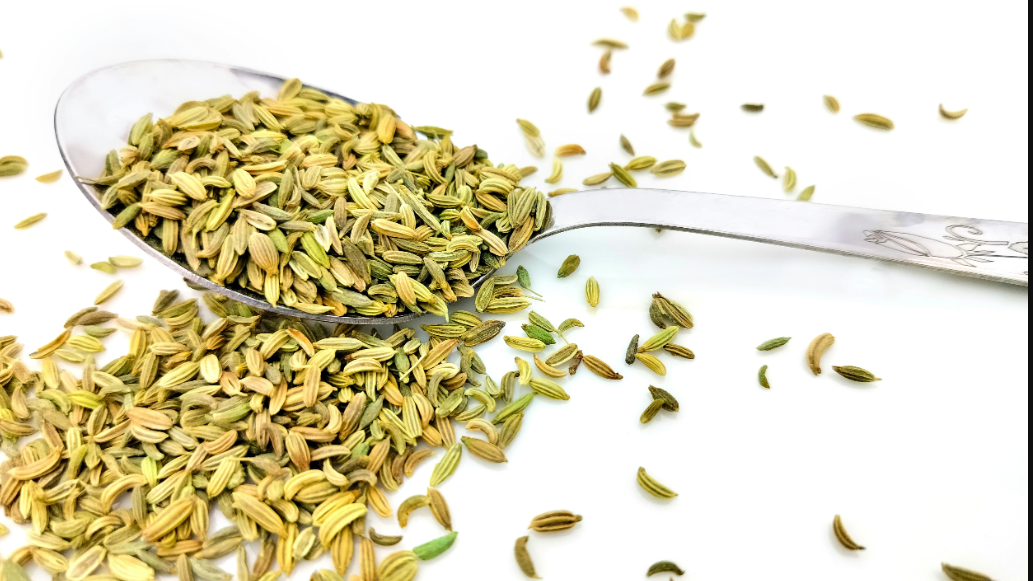
Fennel seeds water in summer: A natural coolant with amazing benefits
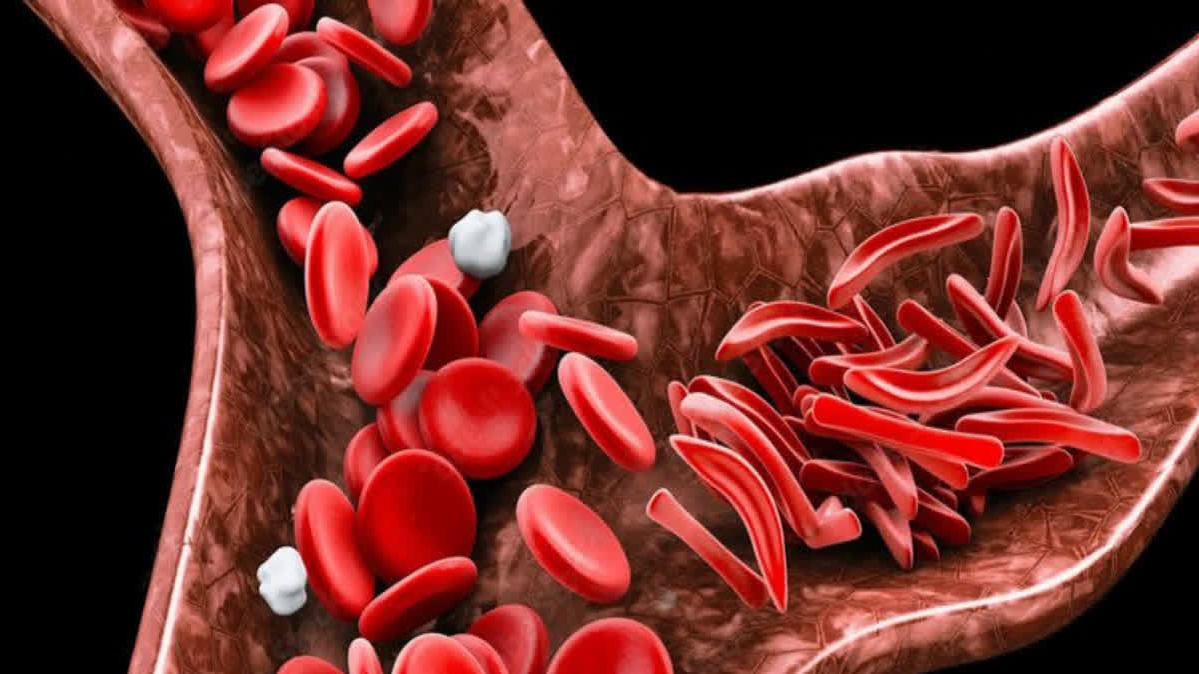
Sickle Cell disease growing concern in Odisha

Bad cold: Take a puff of cigarette, says UP Doctor to child
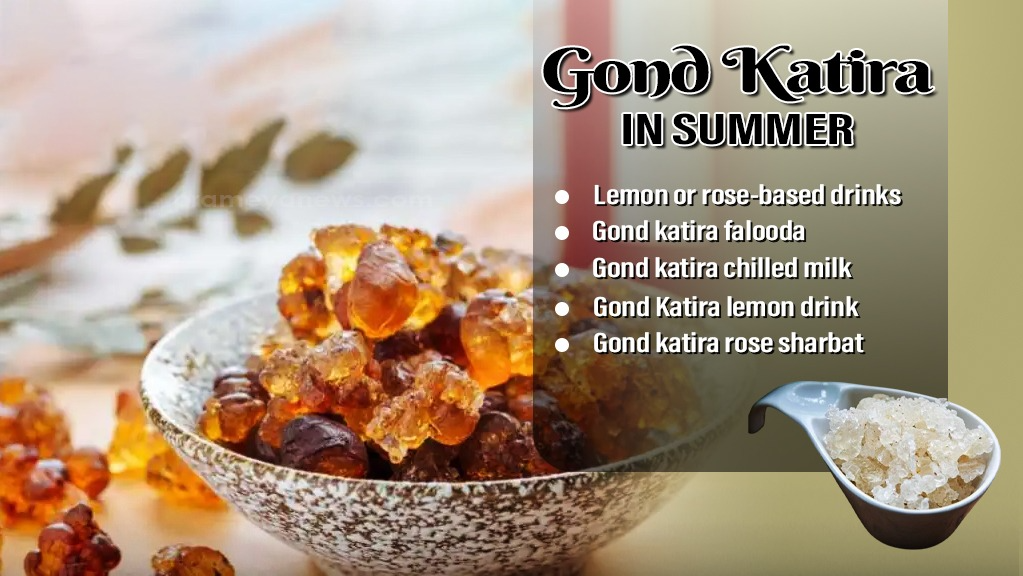
Gond Katira: A natural summer superfood
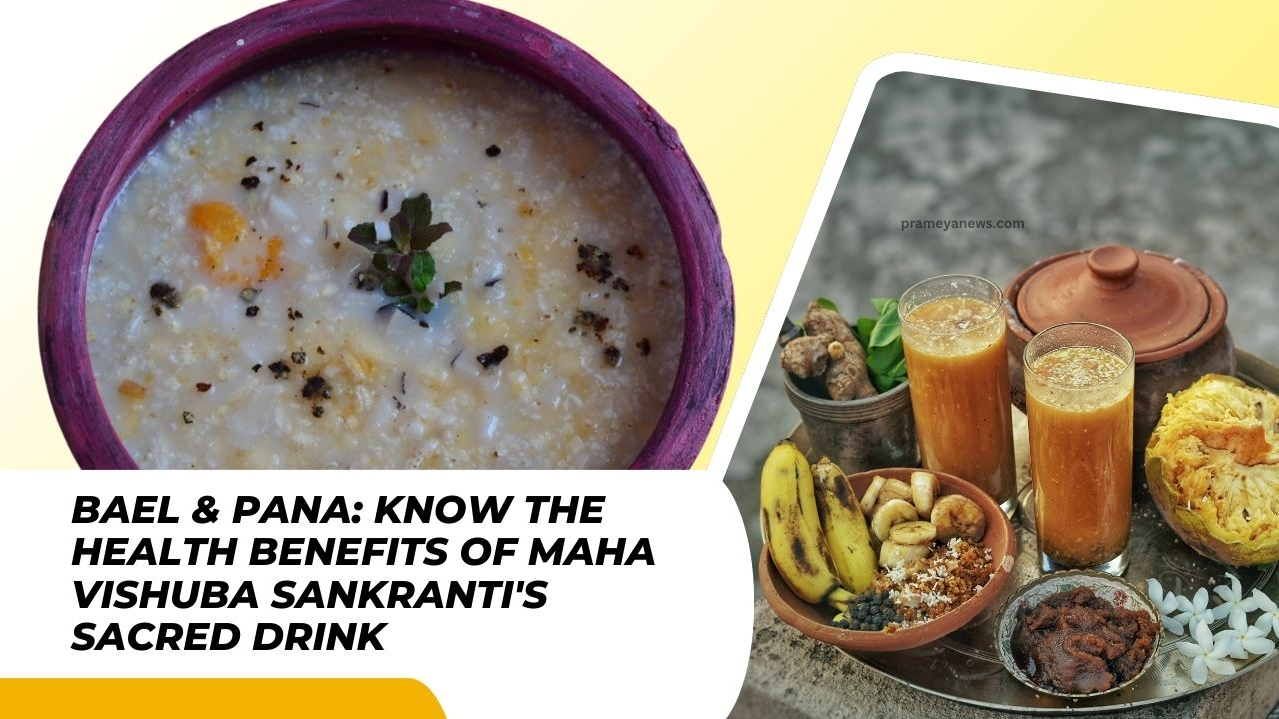
Bael & Pana: Know the Health Benefits of Maha Vishuba Sankranti's Sacred Drink

Skin Bank to be set up at AIIMS Bhubaneswar: J P Nadda

PM lauds Delhi Government for implementing Ayushman Bharat Mission

Nadda launches Ayushman Bharat Pradhan Mantri Jan Arogya Yojana (AB-PMJAY) in Odisha

World Parkinson’s Day 2025: Parkinson's Early Signs and the Power of Diet & Exercise for restricting it

JP Nadda to launch Ayushman Bharat Yojana & Gopabandhu Jan Arogya Yojana in Odisha tomorrow

Moringa more than Just Greens: Packed with Vitamins A, B, C, D, Calcium, Zinc & Iron for Long-Term Health

Sitting at a desk job is the new smoking: What health dangers lie ahead of 9-5 corporate professionals, Bhubaneswar netizens share stories

Ayushman Bharat Health Cards to be launched in 22 Urban PHCs in Bhubaneswar on April 11

Enforcement squad of H&FW Dept. raids on private Nursing Home in Dhenkanal: Portable Ultrasound machine sealed

World Health Day: Boost your well-being with these yoga poses
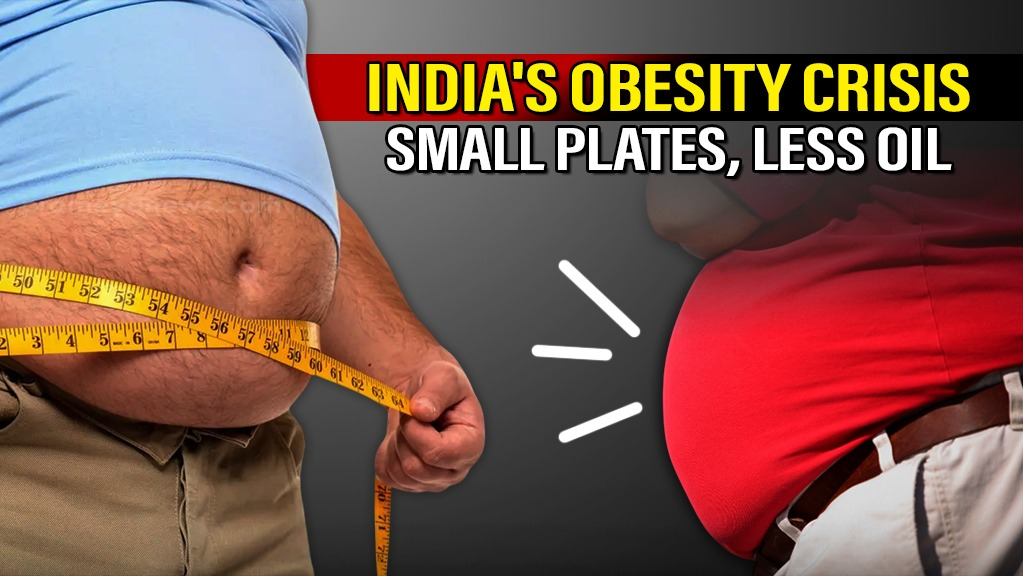
India's Obesity Crisis: Why Half-Plates, Less Oil & Lifestyle Shifts Are Crucial

World Health Day 2025 (April 7): Showing the Key Link between "Healthy Beginnings" and Building "Hopeful Futures”
















































